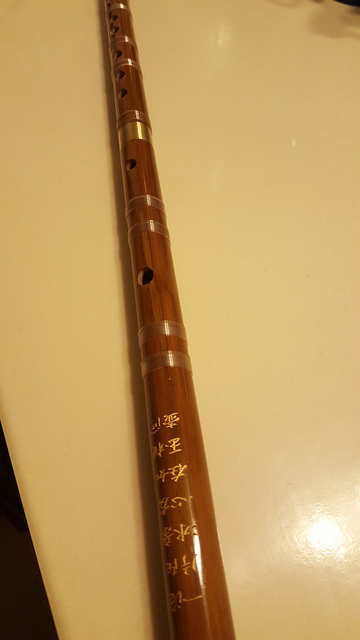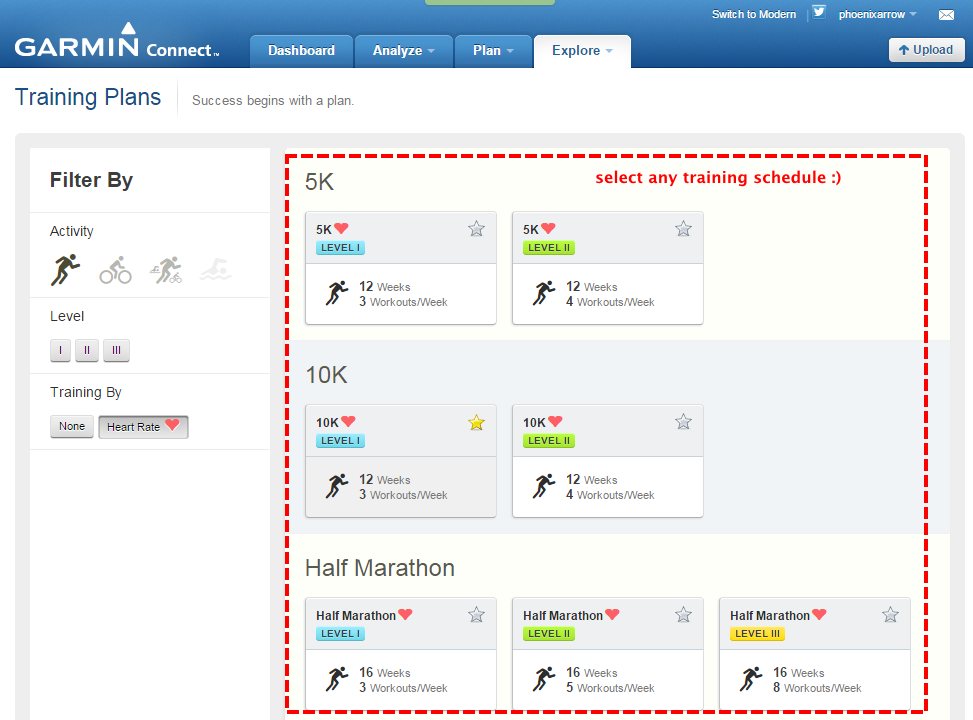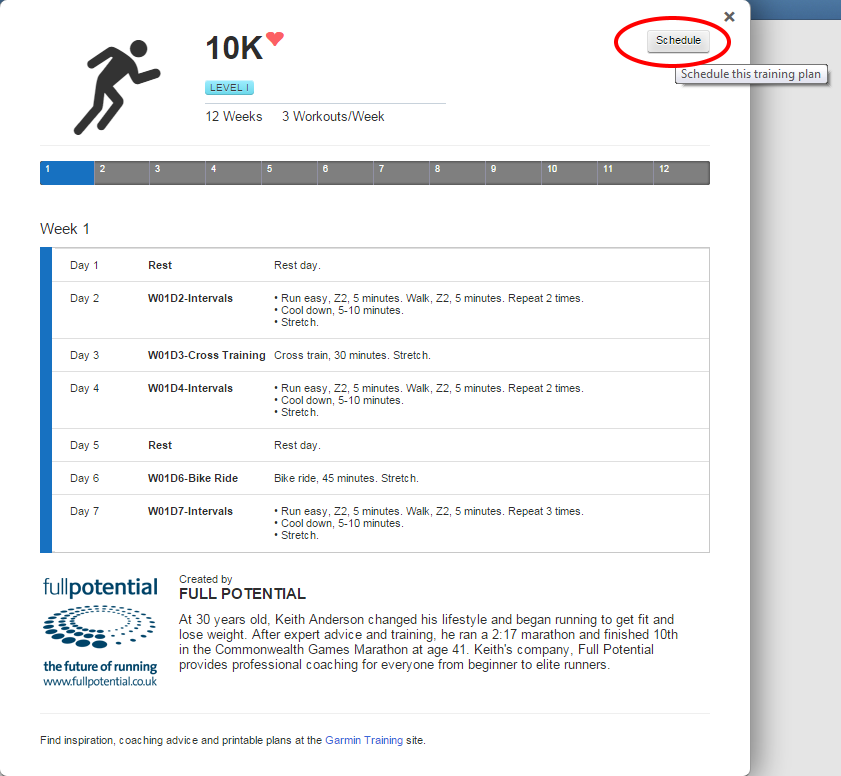If you’re a heavier rider (like myself at 220 lbs) and you’re switching from butyl to TPU inner tubes, you might notice that your tires feel much firmer at the same pressure. That’s because TPU tubes expand less than butyl, leading to a stiffer ride.
To get the best balance of rolling resistance, comfort, grip, and safety, you should lower your tire pressure slightly when using TPU inner tubes.
—
Recommended Tire Pressure for 28mm Tires (220 lb Rider)
Rear Tire (Higher Load)
75-80 PSI (compared to 85 PSI with butyl)
Front Tire (Lower Load)
70-75 PSI (if also using TPU)
—
Why Lower Pressure with TPU Tubes?
1. TPU Feels Firmer – At the same PSI, TPU tubes expand less than butyl, so 80 PSI in TPU feels like ~85-90 PSI in butyl.
2. Rolling Resistance Optimization – Studies show that slightly lower pressures actually reduce rolling resistance on real-world roads, thanks to better shock absorption.
3. Safety & Stability – Keeping the rear at 75+ PSI ensures no excessive tire squirm or pinch flats while improving comfort.
4. Better Grip & Comfort – Dropping tire pressure by 5-10% enhances traction, especially on rough pavement.
—
Final Thoughts
Switching to TPU inner tubes offers a lighter, more efficient ride, but to get the best experience, adjust your pressures accordingly. Lowering your PSI slightly doesn’t slow you down—it actually enhances performance by reducing rolling resistance over bumps.
🚴 Try it out and let me know how it feels!
To model tire pressure (PSI) as a function of rider weight, tire width, temperature, and altitude, we can use a linear equation with weight coefficients for each factor.
General Equation:
P = w_0 + w_1 W + w_2 T + w_3 A + (w_4 \sqrt{D})
P = Recommended Tire Pressure (PSI)
W = Rider Weight (lbs)
T = Temperature Adjustment Factor (based on ambient temperature in °F)
A = Altitude Adjustment Factor (based on elevation in ft)
D = Tire Width (mm)
w_x = Coefficients to be determined
Coefficient Explanations:
w_1 accounts for the increase in pressure with higher rider weight.
w_2 adjusts for temperature effects (higher temperatures lower required PSI due to gas expansion).
w_3 adjusts for altitude effects (lower air pressure at higher altitudes can require slightly lower PSI).
w_4 follows the empirical relation , which captures the non-linear impact of tire width.



